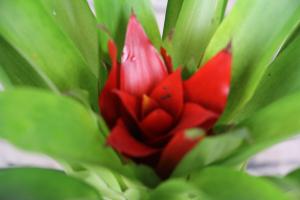Where to Plant Olive Trees in Texas
Olive trees have been gaining popularity as a sustainable and profitable crop in Texas. However, planting olive trees in the wrong location could result in stunted growth or even complete failure. In this article, we will discuss the ideal conditions for planting olive trees in Texas.
Climate
The first and most crucial factor to consider when planting olive trees is the climate. Olive trees thrive in warm and dry climates with mild winters. The ideal temperature range for olive trees is 60 to 80 degrees Fahrenheit. Texas has a hot and humid climate in most areas, which is not favorable for olive trees. However, some regions in Texas have a Mediterranean climate, making them suitable for growing olives.
The best regions to plant olive trees in Texas are West and South Texas, including the Hill Country, San Angelo, and El Paso. These areas have a drier climate with moderate temperatures, which are ideal for olive trees.
Soil Type
The second factor to consider when planting olive trees is soil type. Olive trees prefer well-draining soils with neutral to alkaline pH levels. They do not grow well in heavy clay soils or soils that are prone to waterlogging.
The ideal soil type for planting olive trees in Texas is sandy loam with good drainage. You should avoid planting olive trees in areas with heavy clay soils or soil that is prone to flooding.
Sunlight
Olive trees require a lot of sunlight to thrive. They need at least six hours of direct sunlight per day. You should plant olive trees in an area with full exposure to sunlight. Areas with partial shade or low light intensity will result in stunted growth.
Wind Protection
Wind can also affect the growth of olive trees. Persistent winds can damage the fruits and branches of the trees. Therefore, it's essential to plant olive trees in an area with protection from strong winds. You can plant olive trees near structures or windbreaks to protect them from wind damage.
Irrigation
Lastly, irrigation is crucial when planting olive trees. Olive trees require an adequate amount of water to thrive. However, overwatering can lead to root rot and other diseases. Therefore, you should only water the trees when the soil is dry to touch. You can also install a drip irrigation system that delivers water directly to the roots of the trees.
Overall, planting olive trees in Texas requires careful consideration of many factors, including climate, soil type, sunlight, wind protection, and irrigation. If you wish to start an olive plantation in Texas, you should seek expert advice and choose a suitable location for your trees.

 how many times do yo...
how many times do yo... how many planted tre...
how many planted tre... how many pine trees ...
how many pine trees ... how many pecan trees...
how many pecan trees... how many plants comp...
how many plants comp... how many plants can ...
how many plants can ... how many plants and ...
how many plants and ... how many pepper plan...
how many pepper plan...

































